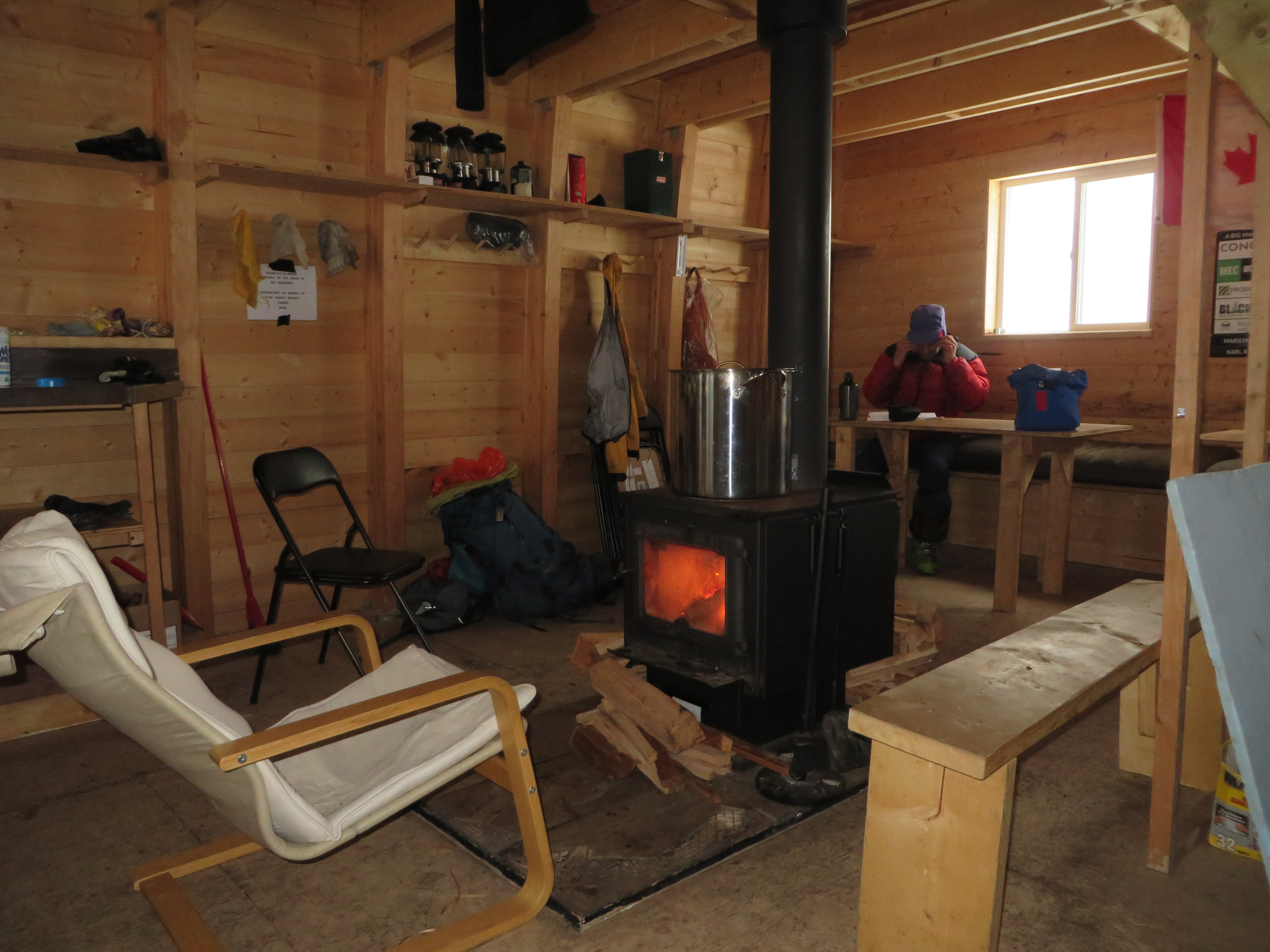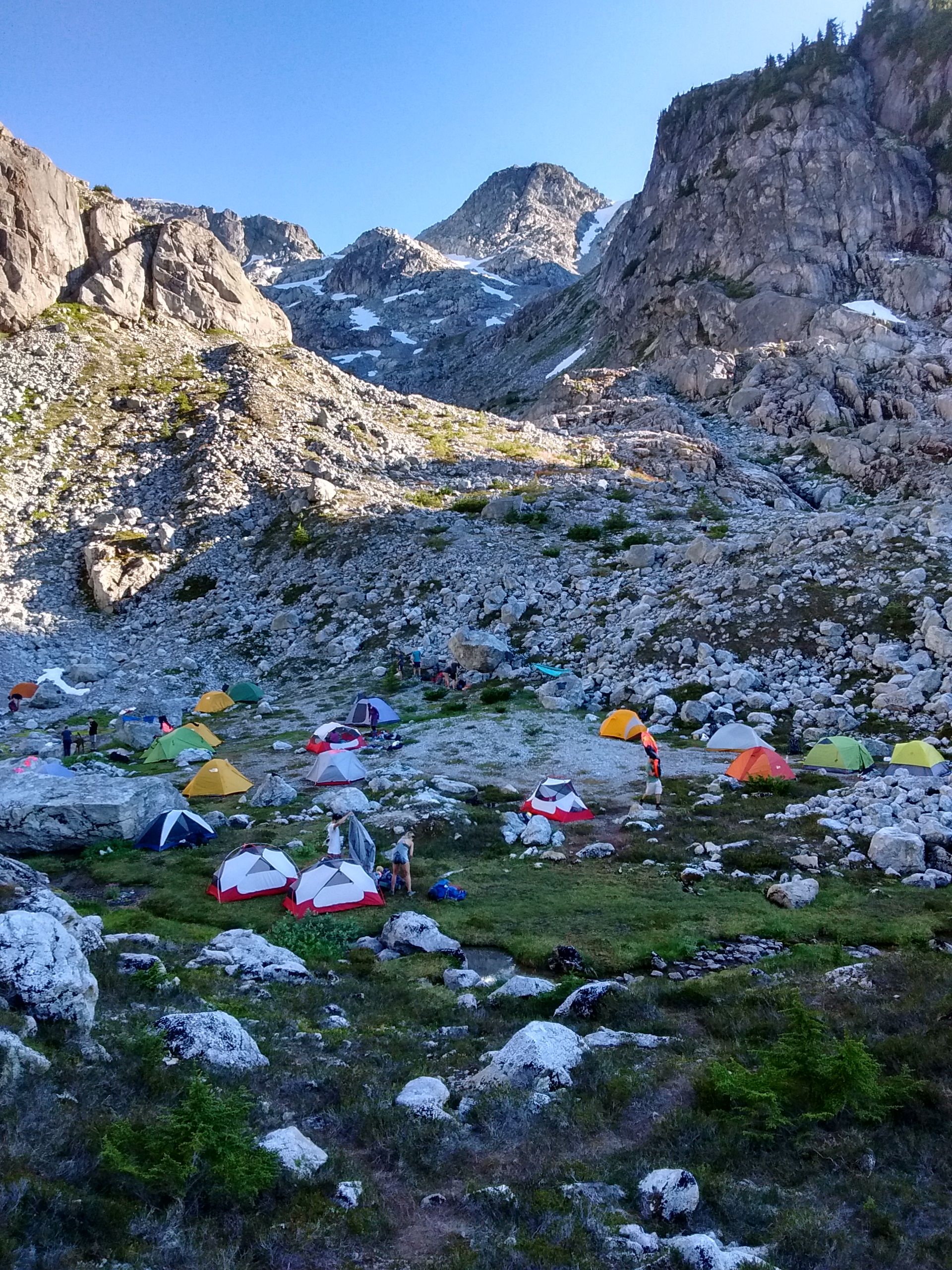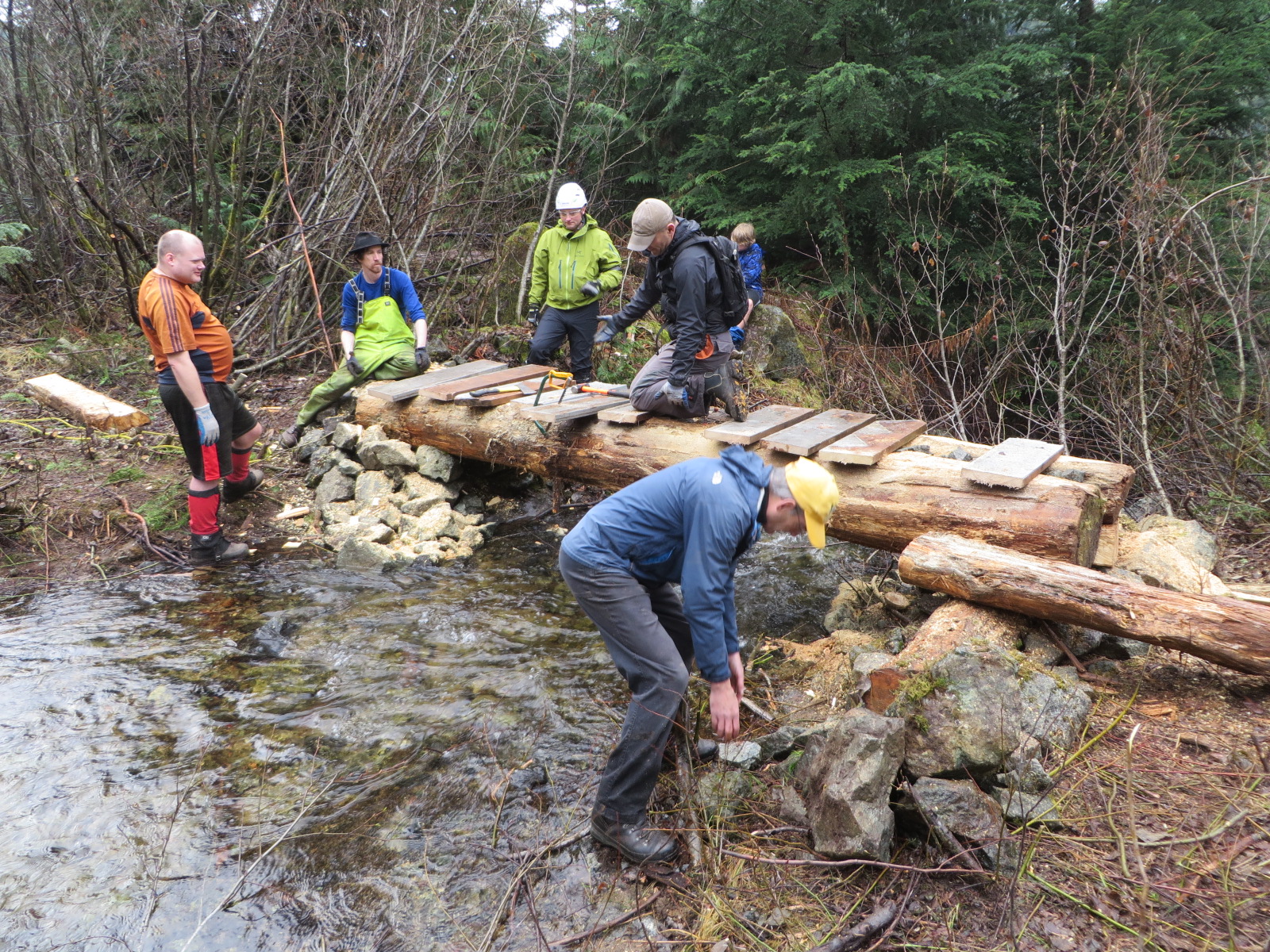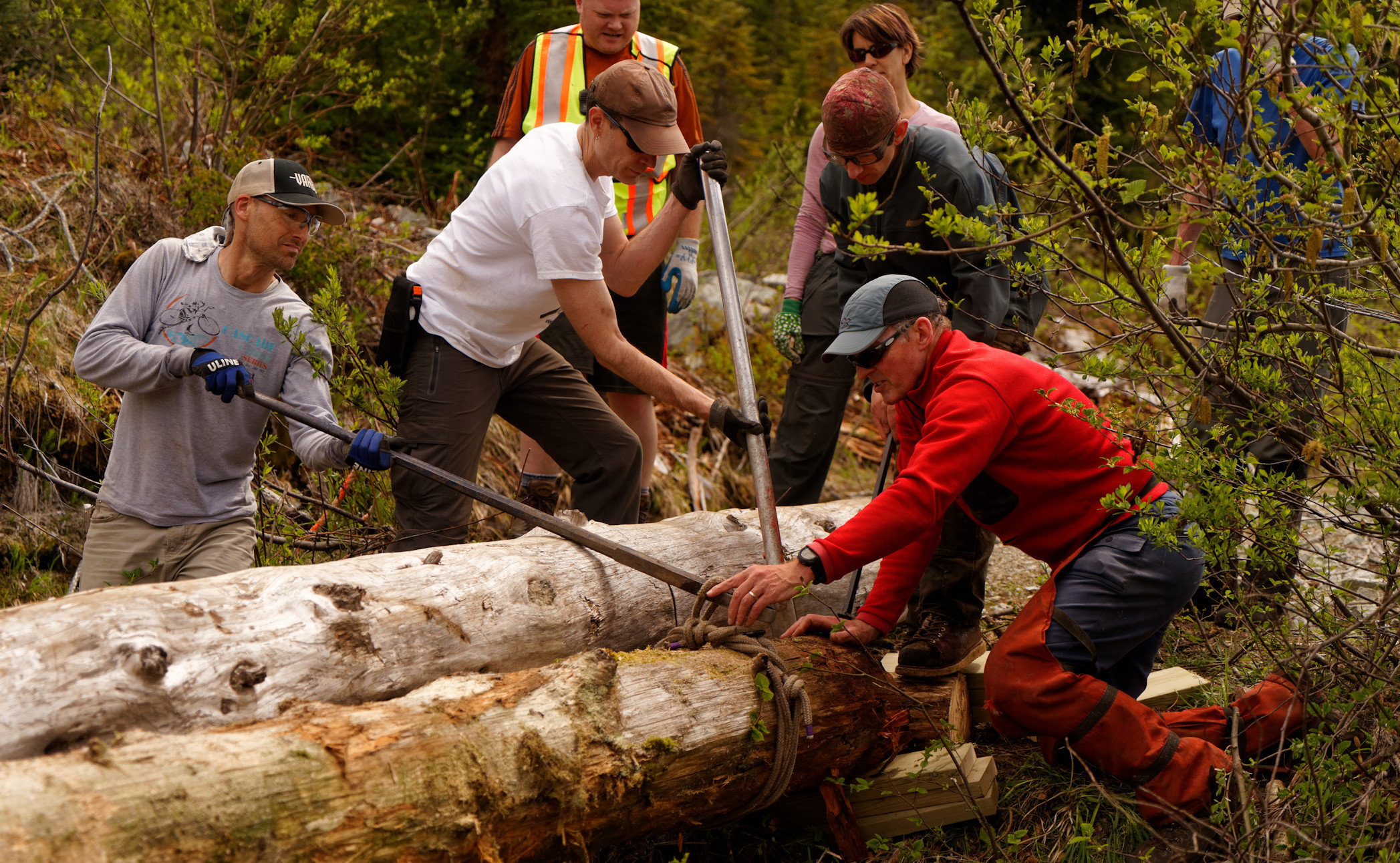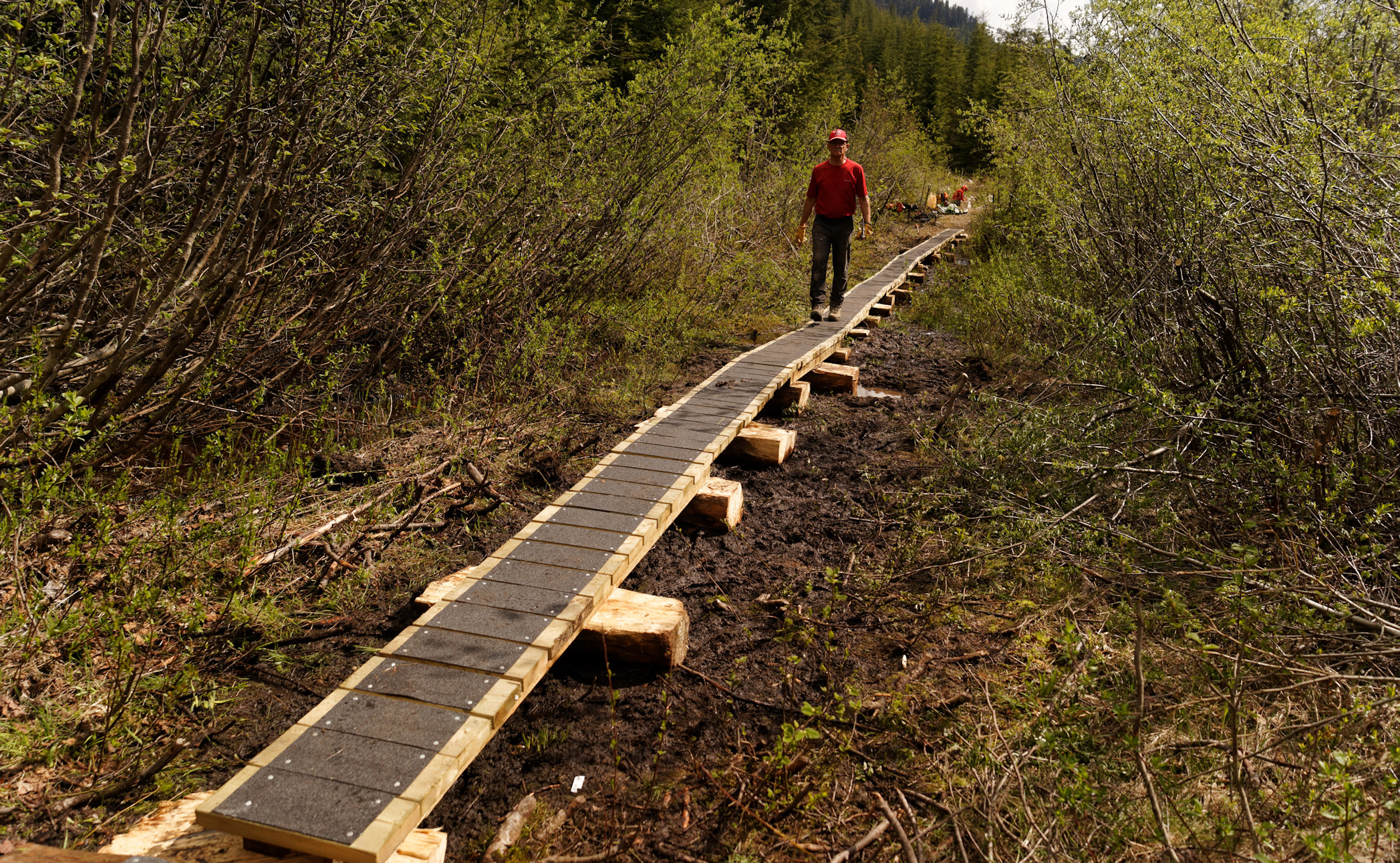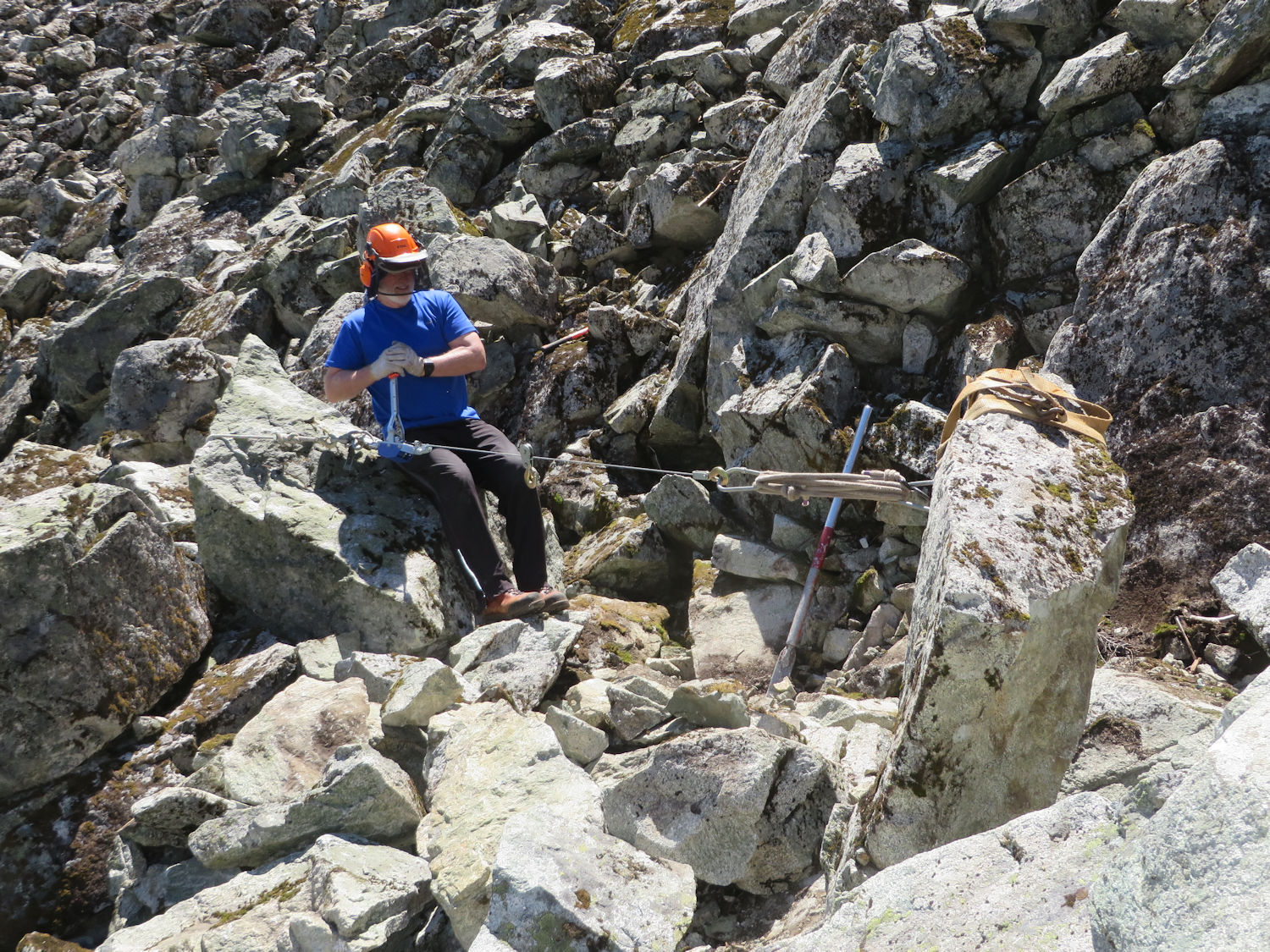Watersprite Lake Case Study
- Written by: Paul Kubik
- Hits: 5720
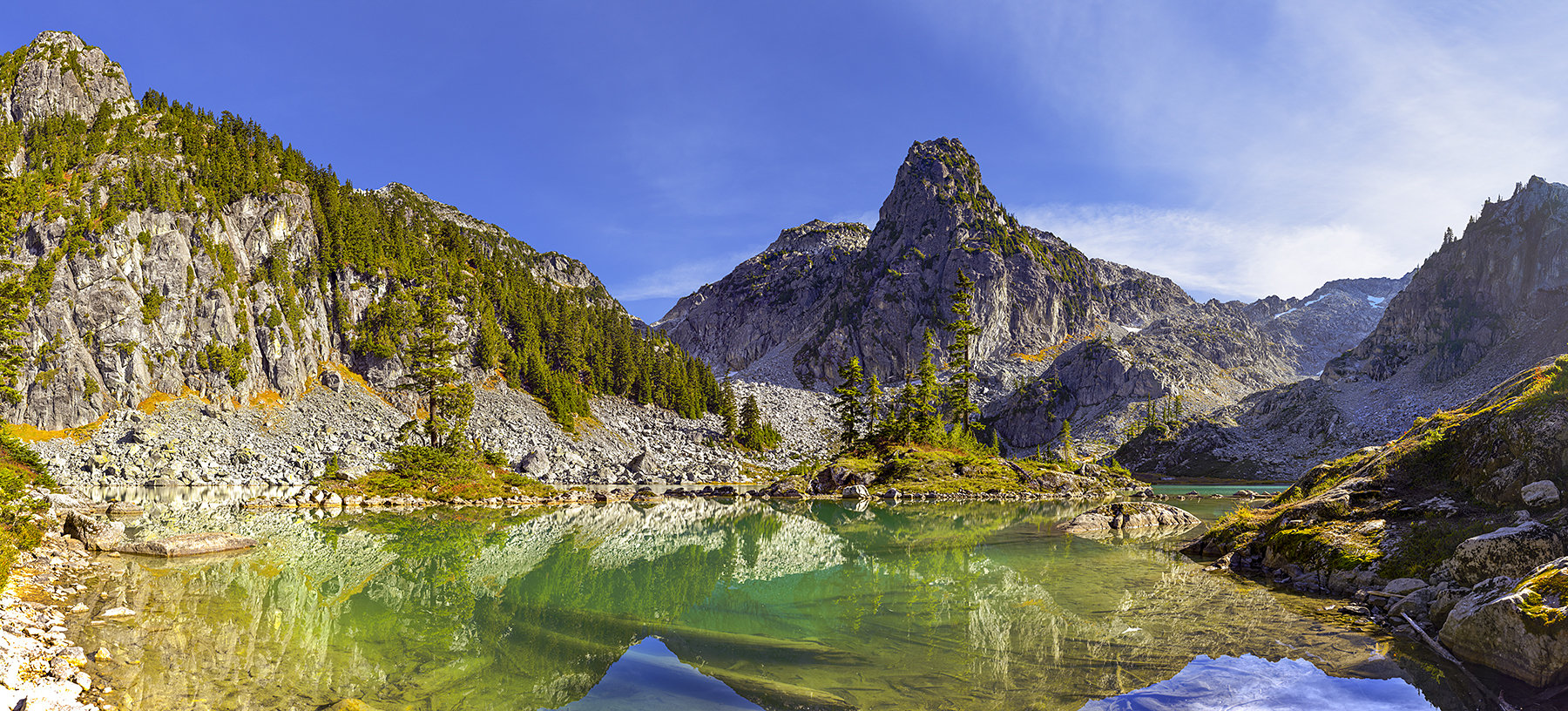
Watersprite Lake lies 700 meters south of Garibaldi Park Park and less than 3 kilometers west of Pinecone Burke Provincial Park. A trail, campsite and hut were built in the last five years by the B.C. Mountaineering Club. The trail and campsite were built in partnership with Recreation Sites and Trails BC. As such, the experience is a good proxy for what to expect of recreation development and impacts should the proposed Garibaldi Park southwestern amendment be approved.
Watersprite Lake hut is a year round community facility, open to the public for a fee, located 20 km east of Squamish on Crown land at an elevation of 1460 meters. Built in 2016, it is owned an operated by the B.C. Mountaineering Club. The hut sleeps 12 persons. The B.C. Mountaineering Club was established in 1907 and has blazed new routes, made first ascents and explored near and far corners of the Coast Range and beyond. The club was instrumental in the establishment of the Garibaldi Park reserve in 1920. The BCMC provides information to the general public about the hut facility, trail conditions and related matters through its website and social media such as Facebook and Twitter. The club organizes annual work parties and encourages the participation of the general public and other hiking organizations in order to foster the sense of stewardship to the natural environment.
The hut was not built without controversy. There were objections that the hut and trail would open up lake and cause its ruination; it would spoil the sense of wilderness; it would bring too many people into the area; there would be environmental destruction. Some people left the club over the issue.
Truly, it was a different kind of venture for the mountaineering club. The club partnered with Recreation Sites and Trails BC to develop trailhead facilities such as an outhouse and information kiosk, an 8 kilometer long trail to the lake, approximately 20 wilderness campsites, three bear-proof food caches and two additional outhouses at the lake for hikers and campers. The club also engaged with snowmobile clubs to develop a protocol for conflict resolution in winter between motorized and non-motorized users that supports the spirit of the Land and Resource Management Plan for the Sea to Sky region. These collective works represent an unusual and resource intensive undertaking for the club of 1,200 members. Visitor statistics collected by RSTBC show annual visitation in the thousands from the general public and tourists to B.C. Most people are highly satisfied with their visit. There are noise complaints from time to time and exhibitions of unruly behaviour. These are generally isolated incidents and the BCMC has followed up with complainants and perpetrators to enforce a kind of overall regulation of behaviour. Discussion with RSTBC has highlighted these small number of incidents and the authorities are investigating the establishment of a recreation area around the lake. A recreation area designation would provide the ability to enforce provincial regulations to a higher degree.
The mountaineering club continues in its commitment to the vision. It has applied to extend the trail towards Pinecone Burke Provincial Park where it wants to build another hut on Crown land. The club's vision is to provide for several shelters in or around Pinecone Burke Provincial Park for winter ski touring opportunities and extended summer and fall hiking. As part of the planning process for Pinecone Burke Park, the club is advocating for an alpine trail system running between Watersprite Lake and Coquitlam down the spine of the park. The club foresees the establishment of an approximately 80 to 100 kilometer long Coquitlam to Squamish hiking trail through Garibaldi and Pinecone Burke provincial parks. Watersprite Lake serves as the gateway into the northern part of Pinecone Burke.

